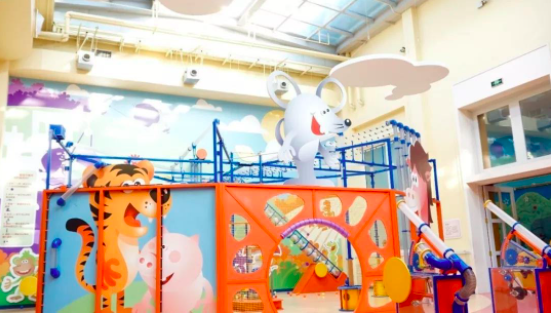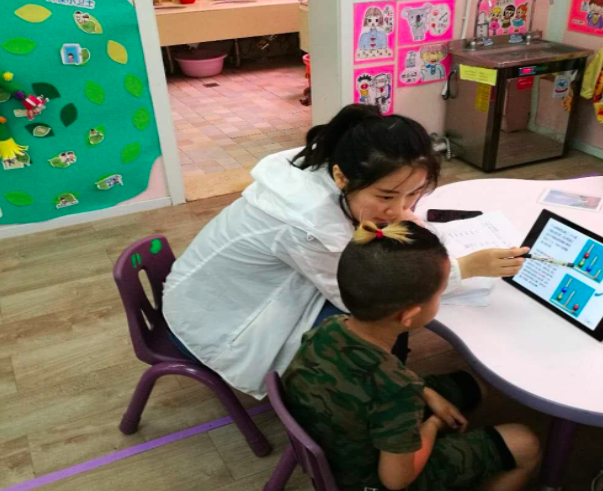From 2016-2019, Center on Chinese Education (CoCE) conducted a cooperated research project with Beijing Normal University’s Children’s Museum Research Center (CMRC) with funding support from the Lao Niu Foundation, regarding the educational effect evaluation of a newly founded children’s museum in Beijing, China.
The project museum is called CNCC Lao Niu Children’s Museum, which was established and open to the public on July 1st, 2015. It is located in Xicheng District of Beijing, and has a total building area of about 2,400 square meters and an exhibit area of about 1,800 square meters. It includes seven exhibit halls designed with elements of the traditional Chinese zodiac, including the city square, happy market, busy town, sunshine valley, science world, space and 4D cinema, offering a rich interactive environment for children’s exploration. The environment contains many themes, spanning from life, science, arts and physical exercise, and is suitable for children aged 0-7.
The evaluation employs multiple research methods, including experiment, observation and questionnaire survey. In the experimental design, there was a randomized assigned 300 families of about 4-year-old preschoolers into two groups, of which the experimental group received an appropriately one-year long intervention (September 2017 to July 2018), for an opportunity to visit the museum up to 18 times free of charge. In a similar design, 12 participatory kindergarten classes were randomized assigned into two groups and the experimental classes visited the museum regularly. Results indicate that the intervention promoted children’s cognitive abilities, creativity (mainly in terms of originality), problem solving skills, and self-confidence levels in the family mode. For the kindergarten mode, it also increased children's cognitive abilities, creativity (mainly in terms of fluency) and learning quality of children in some kindergarten classes. Additionally, the observational study and questionnaire survey confirmed the above effects and found more positive educational effects, especially in scientific literacy and learning quality. Notably, in parents’ eyes, the design of the activities in this museum is novel, advanced, and unique, in line with the needs of children’s physical and mental development. They also believe that the hands-on activities could help stimulate children's sense of participation and autonomous learning, as well as parent-child interactions.


